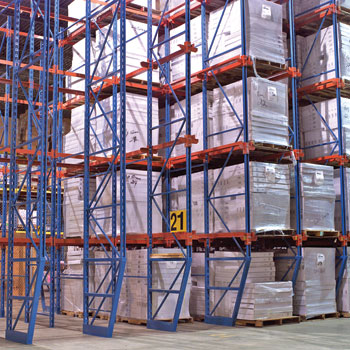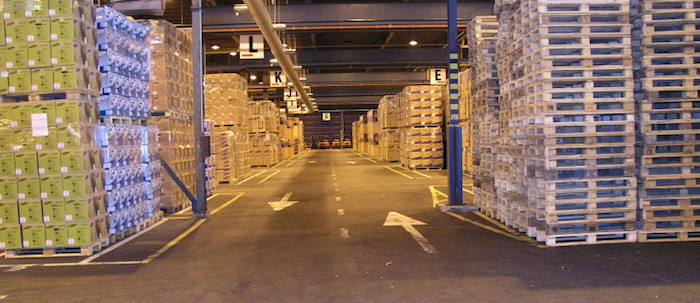Supply Chain TED Talks: Keeping Massive Warehouses Organized and Efficient with Robots
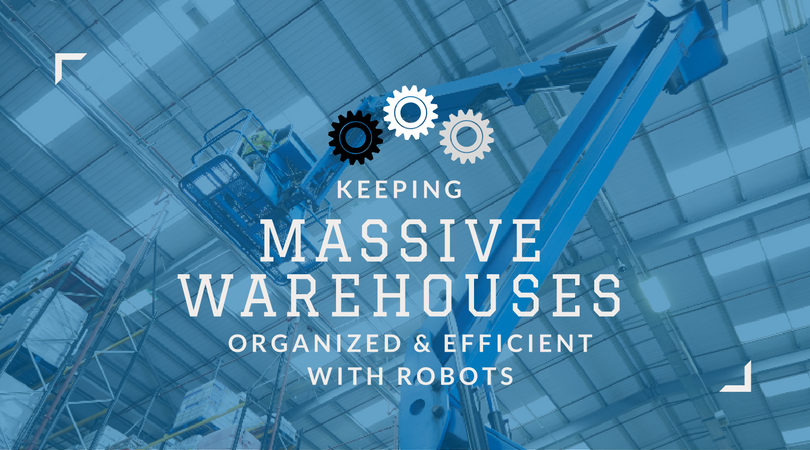
The Subject of “Picking”
Purchasing products online from businesses like Amazon is very intriguing when thinking about the system in which products are collected, packed, and shipped. You probably don’t think much of it when you click a few buttons on your smartphone, and days later, a package shows up on your doorstep. Have you ever stopped to think about how your items got into that box? Well, Mick Mountz certainly has- and this is what he concluded:
Let’s keep using Amazon as our example, since we all probably fantasize about having intricate, luxurious warehouses as they do. Amazon sells nearly 500 million products today. Due to the large quantity of purchasable merchandise, we already know that there must be several Amazon fulfillment centers. It turns out that there are only about 75 fulfillment centers total. That is a lot of products housed in each warehouse. Even with the most exquisite pallet-racking systems and knowledgeable employees, unifying a warehouse with that many products must be an incredibly extensive process. 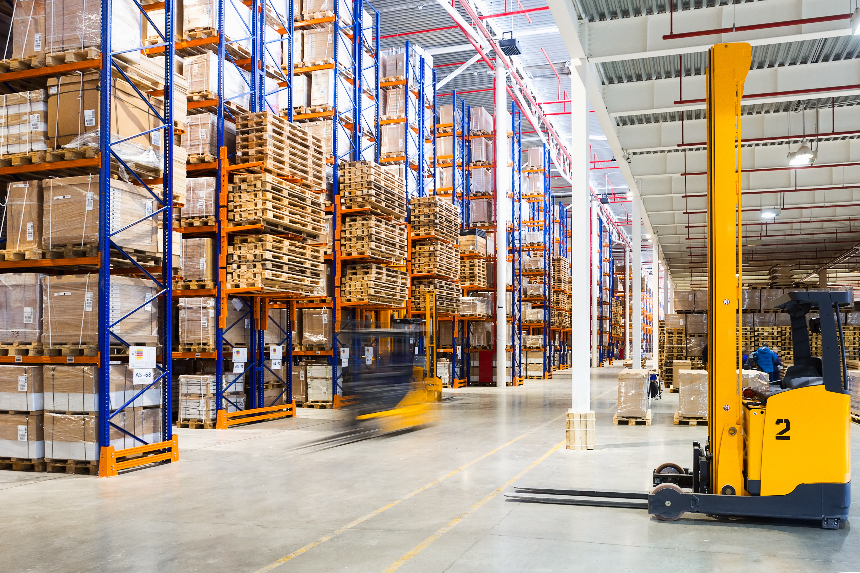
We assume that the Amazon fulfillment centers are as organized as can possibly be. So now, how are products located and put into a box to be shipped and on your doorstep in two days? “Pick workers” are the individuals responsible for gathering the products to be packed and shipped. According to Mountz, pick workers spend 60-70% of their day walking around looking for products, and walk anywhere from 5-10 miles each day. You would think an intricate business like Amazon would have the most productive way imaginable of packing and shipping merchandise, right? Surprisingly, that aspect of this business has not been perfected quite yet. With about 90,000 employees working for Amazon, think about how many of them must be full-time pick workers.
The Solution
Mick Mountz, who has experience in a similar type of industry, spent years pondering over the ineffective process of picking, packing, and shipping products. He finally brainstormed a sensible solution to the issue- robots! The idea is that the robots travel around the warehouse on some type of track, pick items, and bring them to a designated work station to be packed up. The best part about it? FREE LABOR! Robots would also eliminate all of the wasted time walking and searching for products. If these robots are designed to pick products by bar code, this could eliminate some human error as well. 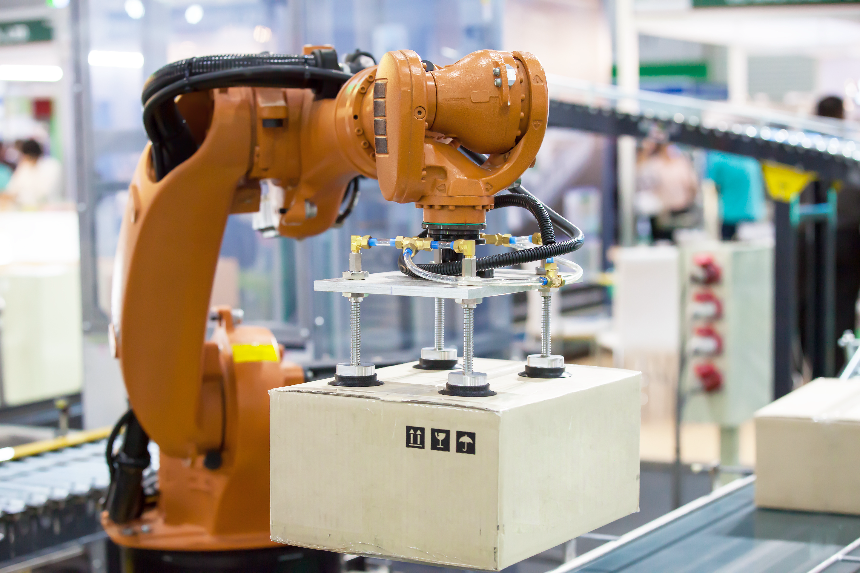
Just because robots would be doing the picking does not mean this would eliminate jobs. Our former “pickers” would now be at a designated work station, where the robots would physically bring the product to the picker to be scanned and put into a box right then and there. Complete orders would now be assembled much faster, allowing more products to be packed and shipped each day. This also allows workers to work more independently and at their own speed, rather than assembly-line style, where if one person needs a break, then the entire group must take a break.
Mountz addressed one potential issue relating to the warehouse organization aspect to this robot concept. One crucial step to this process would be making sure popular products stay close to the front of the warehouse, so that in February, robots do not have to go to the far end of the warehouse for Valentine’s Day candy. In Mick Mountz’ robotic picking concept, products will remain in the front of the warehouse in order of popularity. Meaning, come March, the robots send all of the Valentine’s Day candy to the back of the warehouse.
We know that Mick Mountz’ warehouse robots may not be the most practical answer to the picking dilemma right now, but it definitely has our minds racing, does it not? As Mountz says, “When you let things start to think and walk and talk on their own, interesting processes and productivities can emerge.” It is only a matter of time until the entire distribution process is at an absolute state of perfection. How long will it take? We’re not sure. But what we are sure about, is that every time your Amazon Prime orders are delivered to your doorstep from now on, you are definitely going to wonder how each of the items got into that cardboard box.

